Ever dreamt of going to the end of the world? Probably not on an ebike though… unless you’re us! We headed to the world’s southernmost bike park, explored Patagonia on horses, kayaks, stolen shopping trolleys, and, of course, eMTBs. The best thing of all was recognizing you don’t need to be called Ferdinand Magellan to do this crazy trip and that the scale of adventure is entirely up to you!
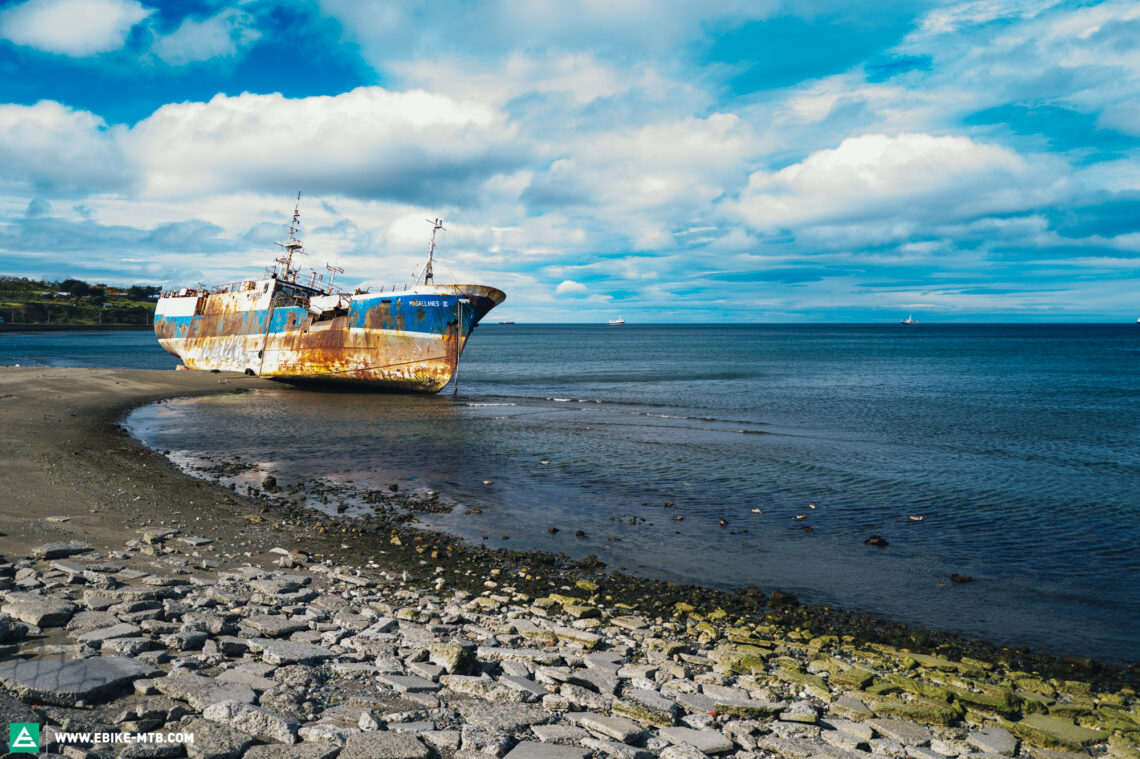
Where is the end of the world? Your first thought might be “right here, at home”. And we’ll give a slight nod in recognition of all the god-forsaken, forgotten places we’ve been to in Germany, where it feels as though you really do live in the back-end of nowhere. But these places often have one similarity. The riding is hella’ good! And the same goes from where we just went! But, back to the question, where is the end of the world, if not there? There are at least 13 places around the world that claim this questionable heavyweight title that’s somewhat perversely drenched in adventure. For Germans, the closest geographical “end of the world” is somewhere amongst the deep trees on the banks of the River Rhein – according to its residents at least. Other Central Europeans are probably thinking of New Zealand, which is pretty much as far away as we can get. Or what about the Cape of Good Hope on the southernmost point of Africa, the coast of Tierra del Fuego, or even Fisterra in Spain, where pilgrims for whom the entire Way of St James isn’t enough, add onto their hike after Santiago de Compostela.
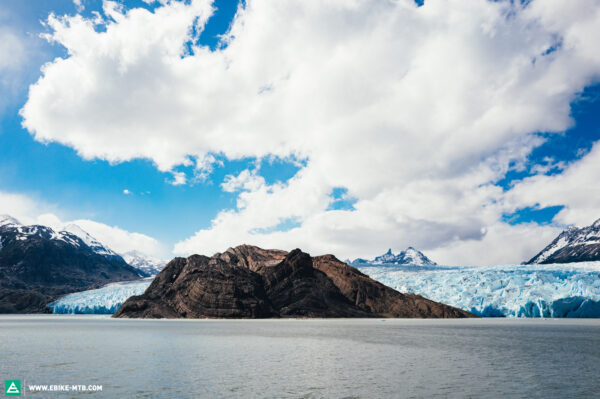
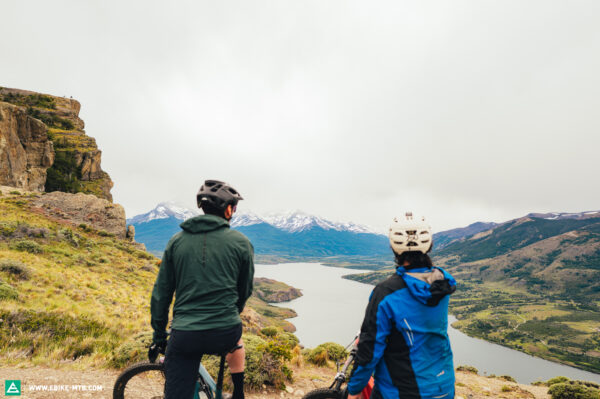
Patagonia – At the southern end of the world
We were travelling to another end of the world, which promised a welcome break from the grim European winter: Patagonia. Back in the 1500s, the Spanish explorers who landed here dubbed it the edge of the world. It has since become a must-visit for researchers, adventures, and artists. Even today, Patagonia is still swarming with myths and legends with unexplored corners that instil fear into those who dare to venture near them. For an E-MOUNTAINBIKE Adventure to the end of the world, it felt perfect!
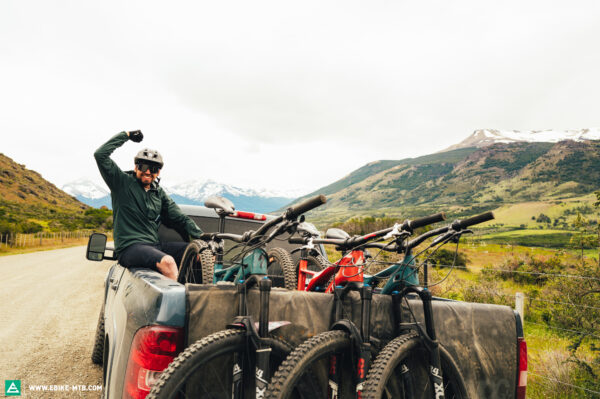
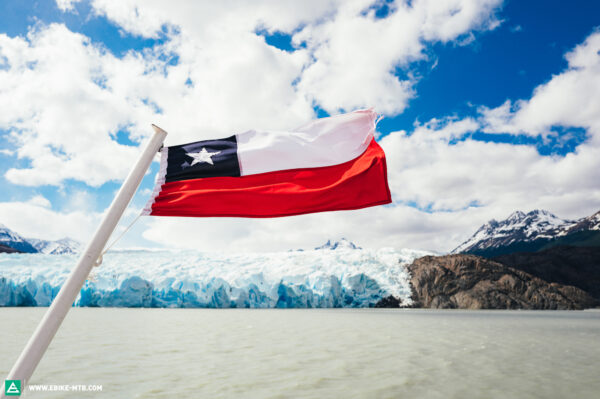
The end of the world isn’t so far away after all
Luckily, times have moved on since the Spanish conquistadors spent months crossing the ocean. We are able to make it from Germany to Patagonia within 24 hours via quick landings in Paris and Santiago de Chile. For anyone looking to make the same journey, book a window seat on the left of the plane for an undisturbed 4-hour view of the snow-covered peaks and 300 km-long glaciers. The view will be first class, even if the leg room isn’t.

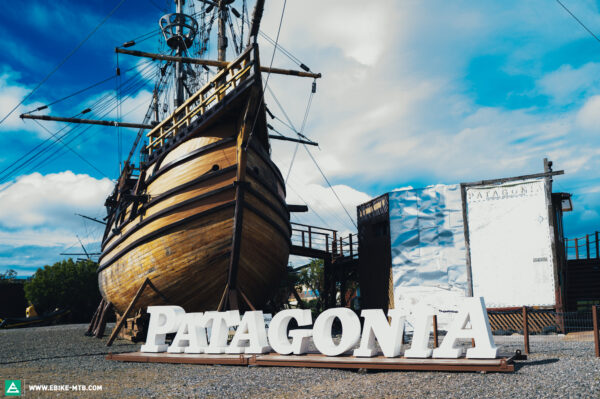
It briefly crosses our mind to question the validity of calling our trip an adventure when we get on board the aeroplane knowing there’s a tour guide and a legitimate bike park waiting for us when we land. However, we’re consoled by the thought that this trip isn’t about seeking out an adventure, instead, we want adventure to find and surprise us – quite the opposite. We didn’t even have to go to Patagonia. We could have gone to any out-of-the-way town or Podunk because all we needed was enthusiasm, an openness to opportunities and some imagination.
Travel tips with Patagonia MTB Trails – What’s on the must-ride list?
Before the trip, we sat down with the guiding company Patagonia MTB Trails for a digital meet-up. This team not only opened the world’s southernmost bike park but are essentially responsible for the entire enduro MTB scene in Punta Arena. Javier’s English is pitch-perfect and after he admitted to having read our ENDURO magazine since the beginning, we knew he was the right guy for our trip.
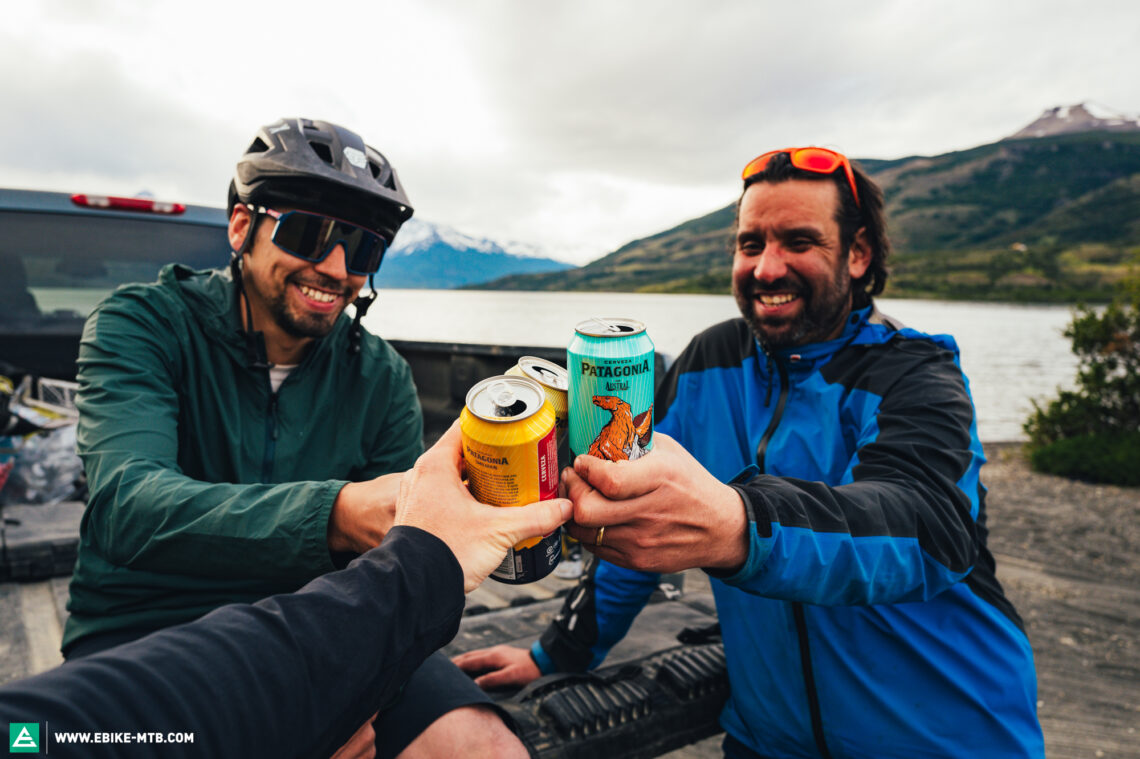
Numerous WhatsApp conversations and seven weeks later, we landed in Punto Arenas, Chile, one of the southernmost cities in the world. There was no fixed plan of what we’d be doing in this town of 125,000 residents. It felt like a very transitory place—a base for excursions, a quick pit-stop on your way to an adventure. But that suited us just fine for now.

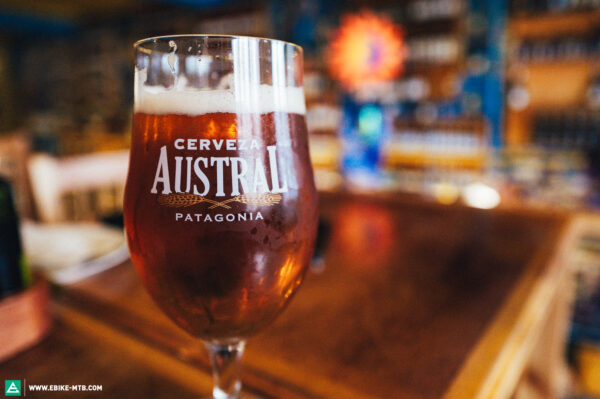
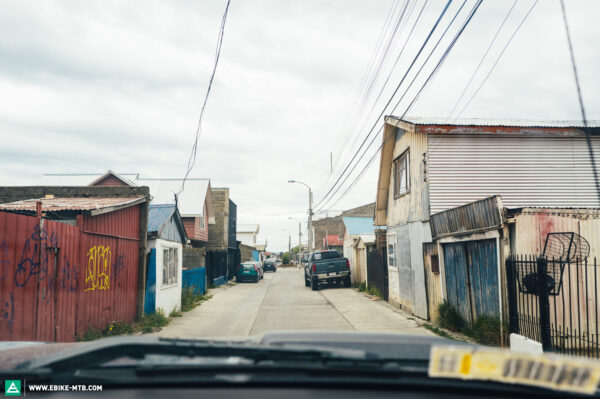
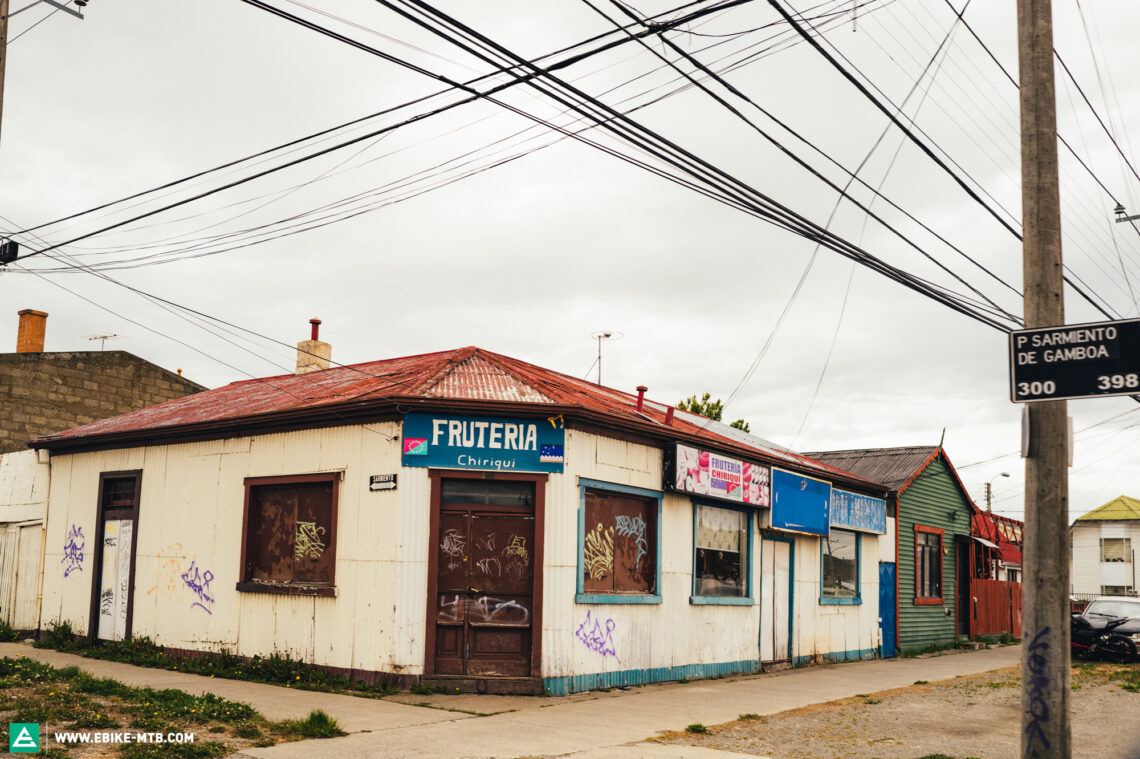
We were also in a bit of a transitional phase, knowing that we didn’t only want to ride our bikes, but also explore a glacier, go horse-back riding, live the life of a local, and maybe even hike. Patagonia is the stuff of dreams, as well as myths, legends and even giants –at least, according to the European explorers who came across huge footprints in the wilderness. Turns out these footprints belonged to the Tehuelche people, who although physically bigger than Europeans, also happened to swaddle their feet and leave significantly bigger prints behind them. This reality-check didn’t come to light until centuries after Magellan’s return and subsequent naming of Patagonia. When we think about how vast the region is, we’d love to get ourselves some of those giant feet so that we can cover more ground!
Now we’re here, we come up with a more definite plan to follow the Ruta del Fin del Mundo, the route to the end of the world: We’ll drive a pick-up truck through the steppe, go ebiking in the bike park and on the Klippen trails, ride horses across the grasslands, and kayak across the glacial lake. There’s unanimous agreement that the most important thing is remembering that we can dip in and out. In Patagonia as in life, everything’s optional and nothing’s obligatory.
Where it all began: Patagon Bikepark Punta Arenas – From 4 to 100!
Javier is one of those riders who caught onto enduro mountain biking hype early, when people thought cross-country and endurance were as rough as it could get. His community started small with just 4 dedicated riders but has since grown to over 100 enduro enthusiasts. The Patagon Bikepark in Punta Arenas is Javier and his business partner Juan Pablo’s home base and something of a passion project with 11 enduro trails covering blue to black. But what makes it really special is that it’s the world’s southernmost bike park, covering around 90 hectares in the Nacional Magallanes Nature Reserve. As we start driving (having eventually got the ancient pick-up bump-started and adventure number one now truly ticked off), the sight of freighters in the strait and huge boats in our rear view mirror detract a little from our notion of being at the end of the world, but the civilisation gets balanced out by the drama of the pick-up, whose start motor hasn’t worked for years and whose wheel arches are absent. But who cares? We wanted raw and real so that’s what we’re getting.
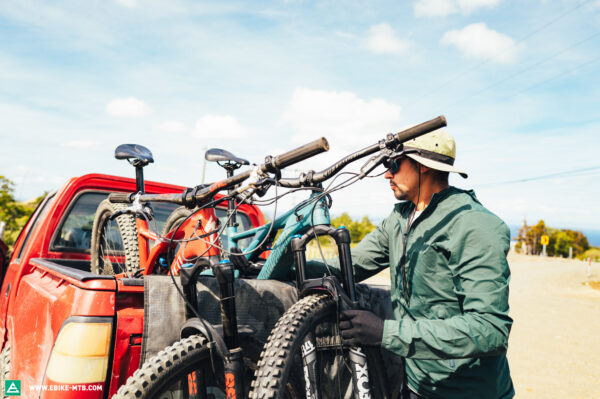
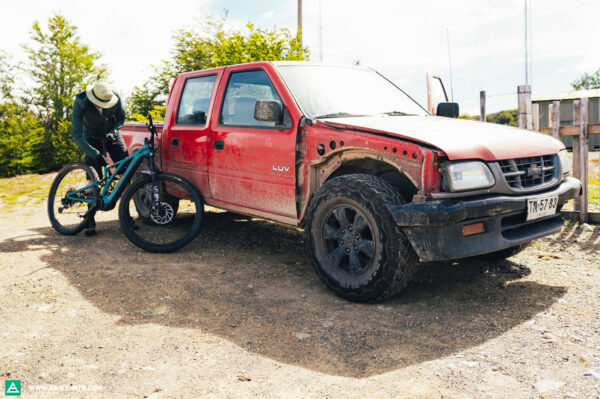
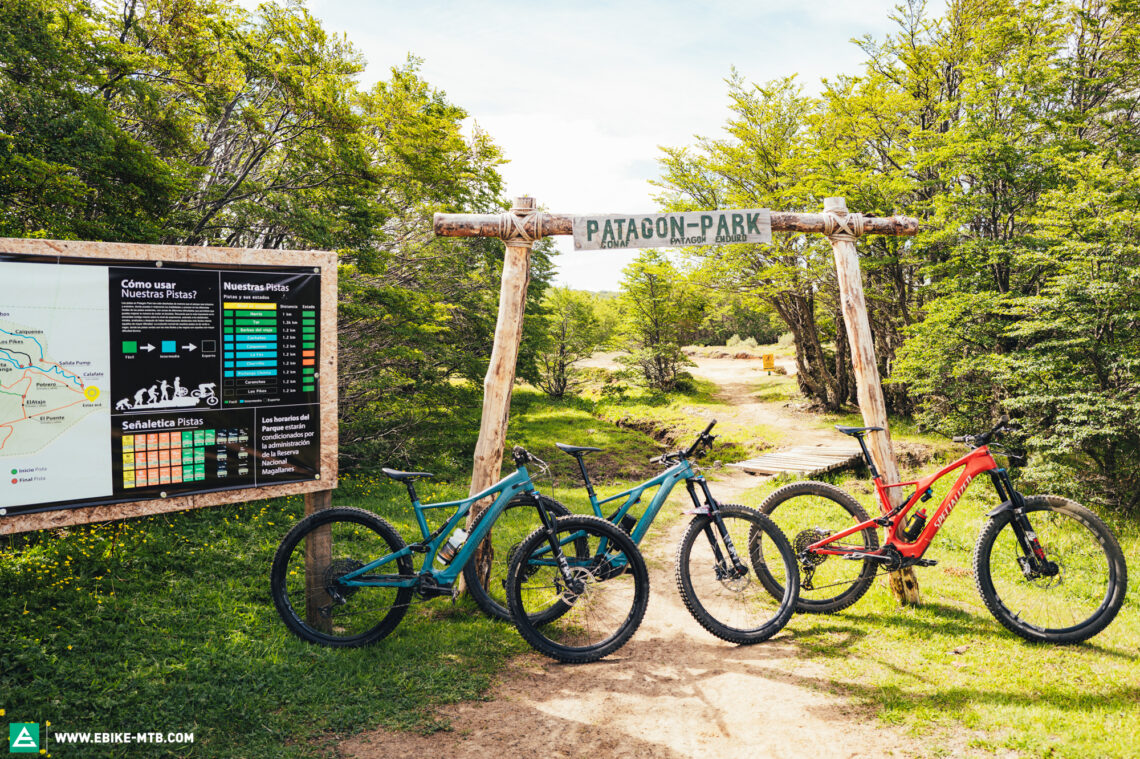
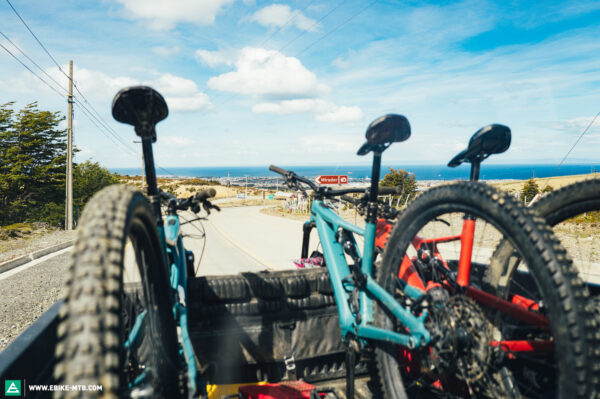
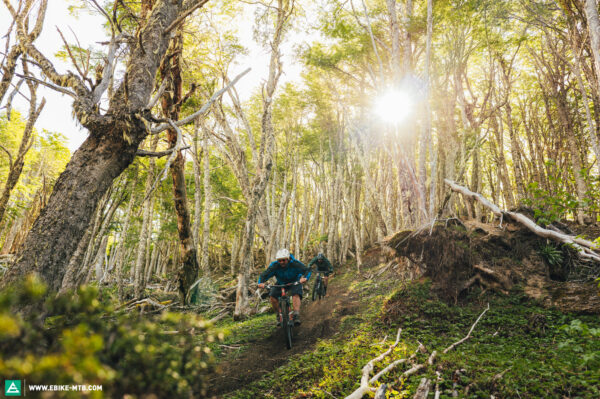
Despite having a ski resort as a neighbour, the Patagon Bikepark Punta Arenas isn’t serviced by a lift. Luckily, it doesn’t matter as a proper downhill bike would be overkill here anyway. There’s minimal vertical metres and you can pedal comfortably up the access roads on a trail or enduro bike. However, a lightweight eMTB would be your best choice for a spot like this, which is exactly what we’ve got to enjoy the flow trails and perfect dirt. (Side note: We found the jumplines were too muddy and exposed to the winds, so we were reluctant to get blown away.) Patagonia’s summer season evidently has some similarities with the Northern European one! But were we getting enough adventure? Not quite, we decided. We had to get further away from the city.


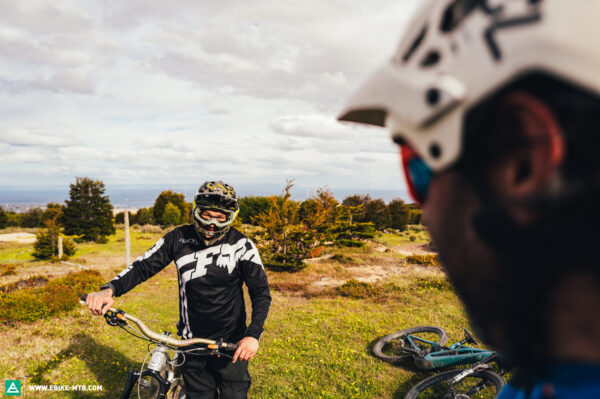
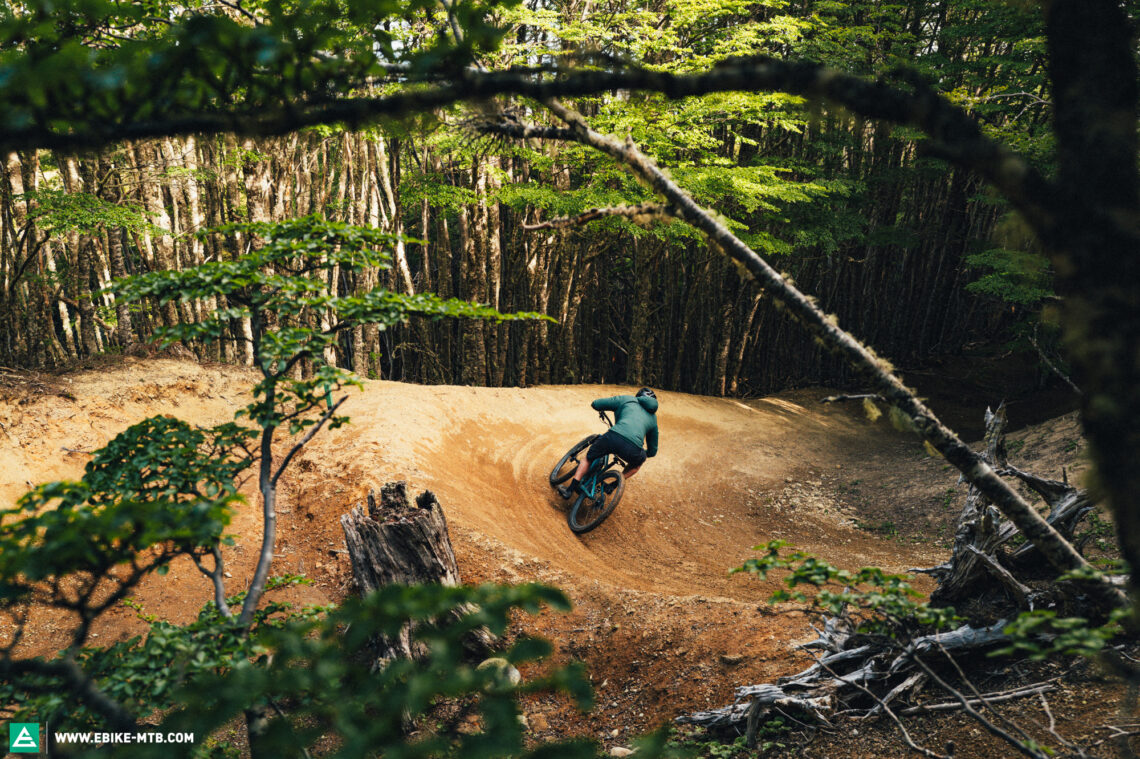
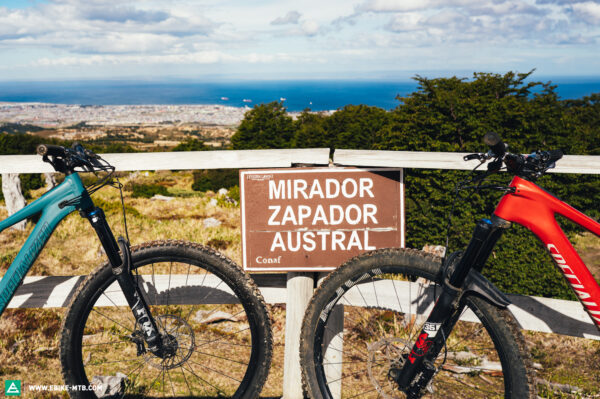
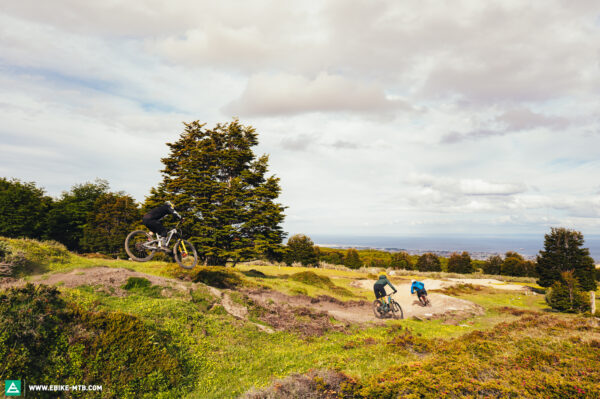
Next Stop: Puerto Natales – The mecca for outdoorsy folk
We make a sensible decision to change vehicles for the next part of the trip and even the locals agree. We load the bikes and rejoin the legendary Ruta del Fin del Mundo on our way to Puerto Natalas, which we’re told is like the smaller and more charming sibling of Punta Arenas. It takes two hours of emptiness to get there. It feels promising and the sight of the Starlink base on the way out from Punta Arenas reminds us that we’re entering the middle of nowhere – this is the final telegraph station of the Instagram era, after all. The journey goes in a flash despite – or perhaps because of – this nothingness. The non-stop consumption of mate teas, the drink of choice around here, certainly helps too.


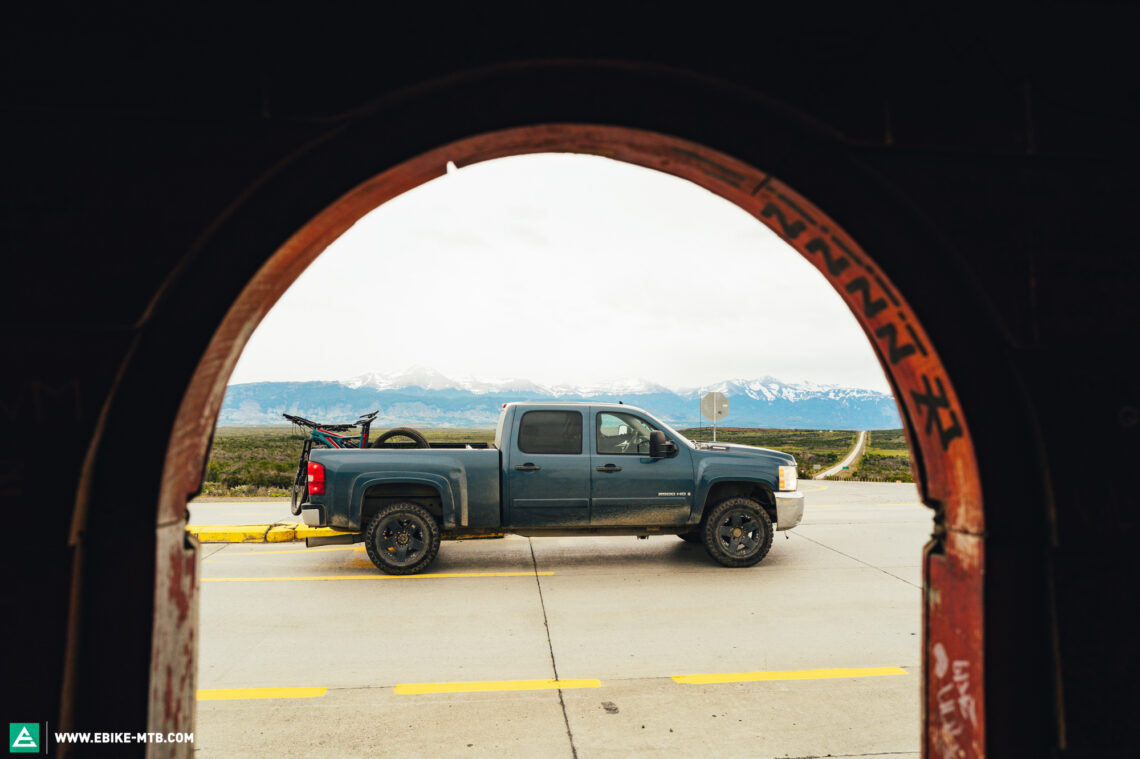

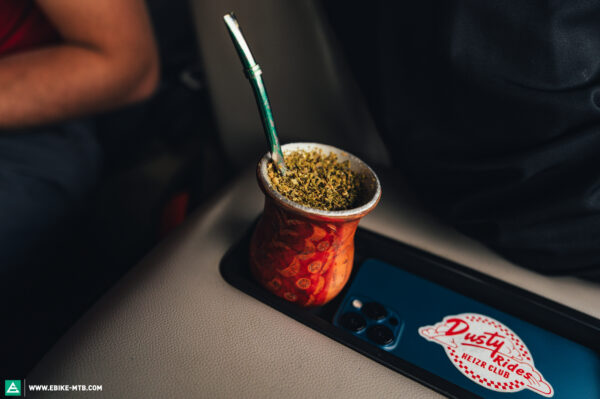
Puerto Natalas is a captivating, almost picture book perfect little town that radiates a mix of base camp charm, the promise of excitement and a touch of luxury. Think outdoor vibes alongside high-end hotels with four-star prices and hipster cafés with La Marzocco portafilters (envy!). There are still reasonably priced hostels, though, so we book two rooms for $ 80 and immediately go into the town to mingle with the hordes of tourists, meet the locals, and feast. Not only do we catch snippets of German conversations on every corner, which makes us feel weirdly at home, we also note that we’re fully acclimatized to the unspoken dress code. It appears there’s a genuine purpose for gorpcore if you’re in Patagonia, so it’s good that we’re all clad in GORE Wear, VAUDE, North Face and the likes. Javier smiles wryly as he charts how the region’s hiking culture has changed since the 1990s. These days it might seem like the staffed mountain huts in the Torres del Paine national park have extortionate prices (like $ 100 for a bed in a mixed dormitory), but it’s way on to combat mass tourism.
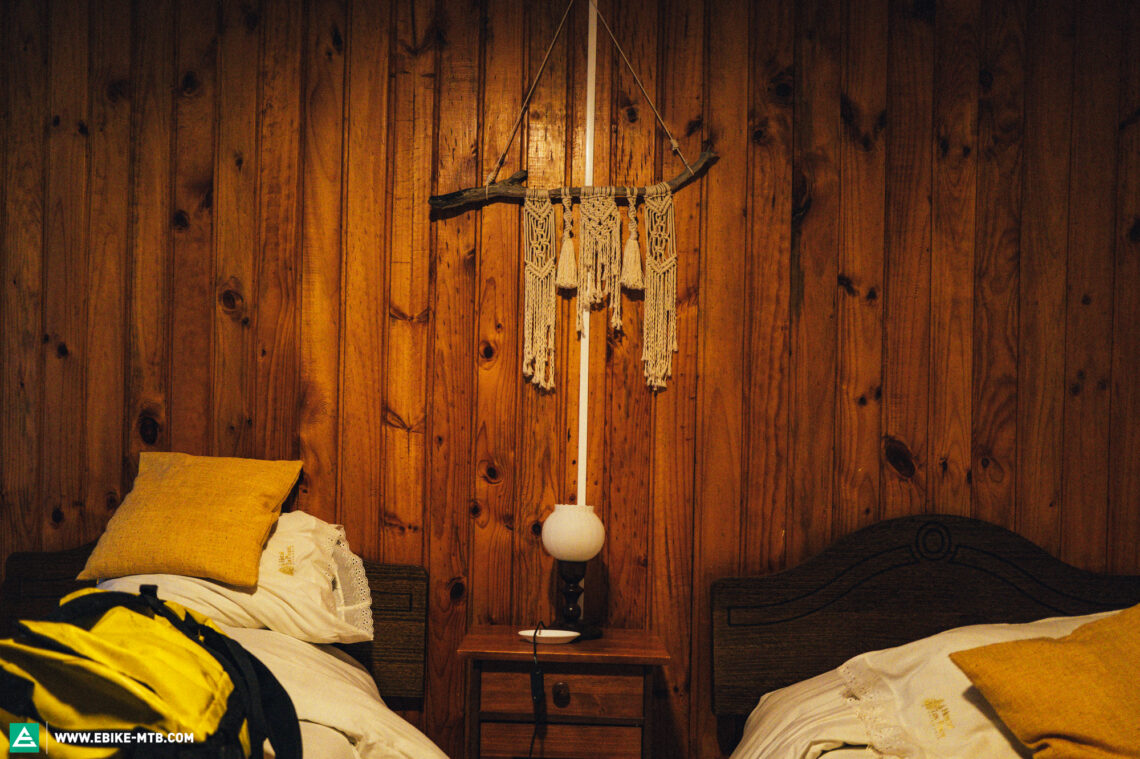
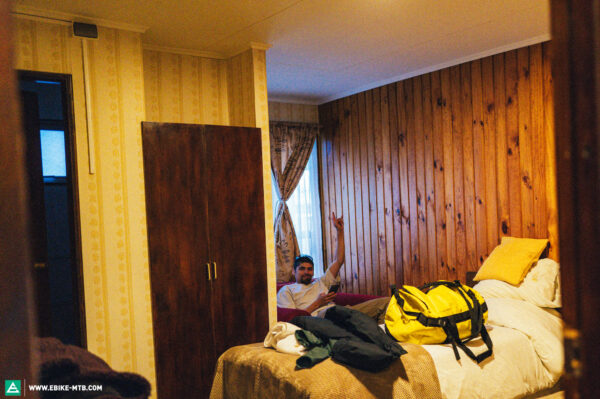


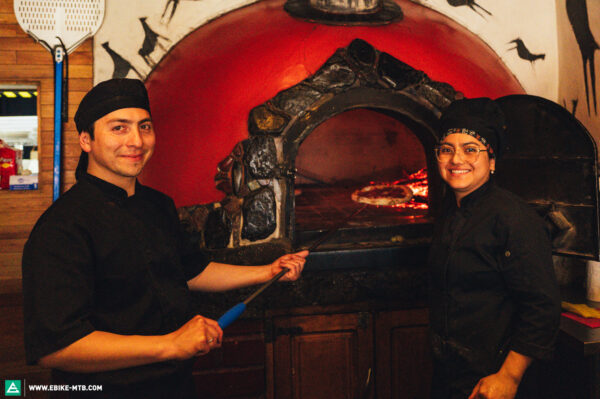

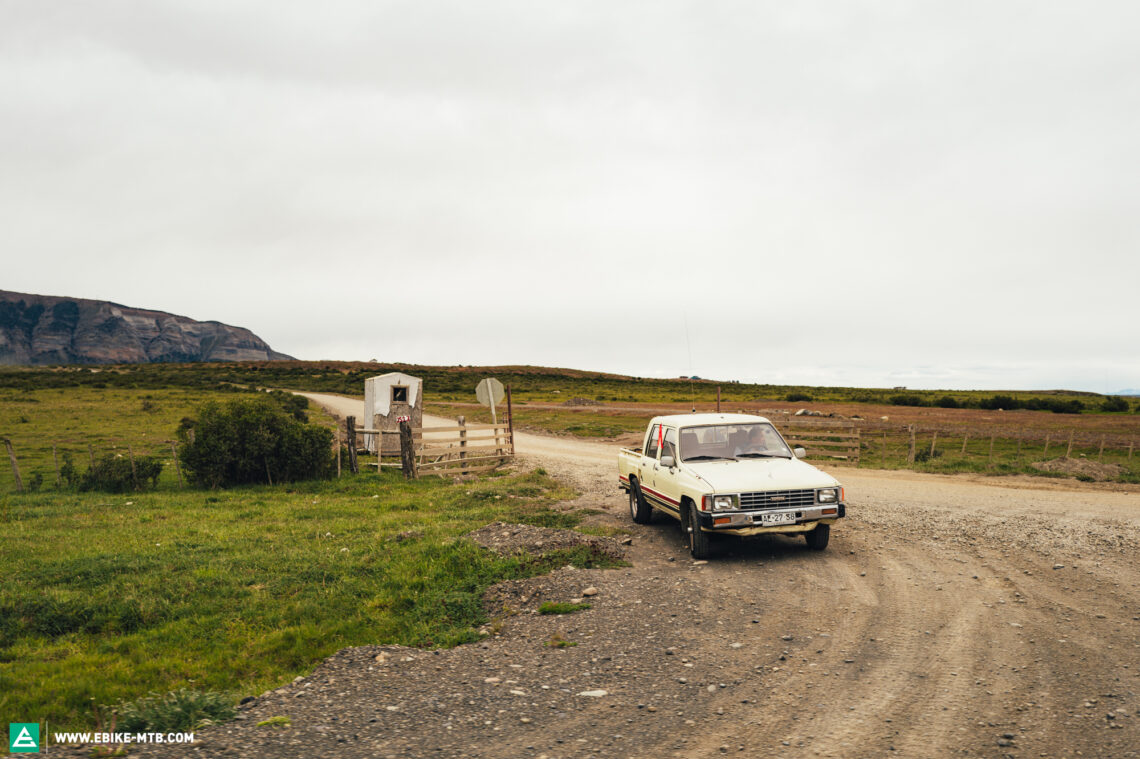
Mate gives you wings – Tea, eMTB and the Andes condor
In Javier’s eyes, no trip to Patagonia would be complete without a glimpse of the native Andean Condor, the largest of all the world’s birds of prey with a wingspan measuring over 3 metres. He tells us there’s a prime spot just 25 minutes away by car. We boil some water for another round of mate tea, prepare the road sodas, and head towards the rocky cliffs of Laguna Sofia, hoping to see the birds at eye level. Unfortunately, strong winds and cool temperatures mean the skies are empty of these majestic, feathered flight specialists.
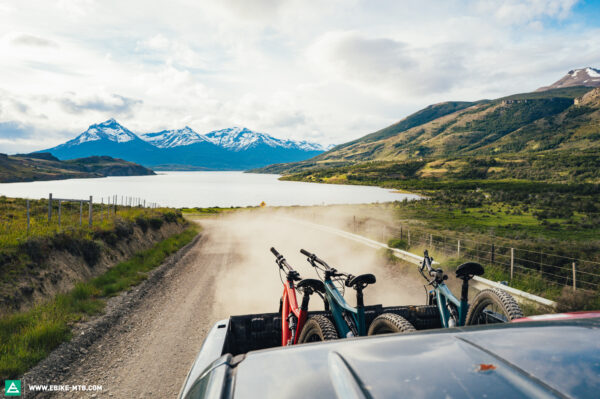
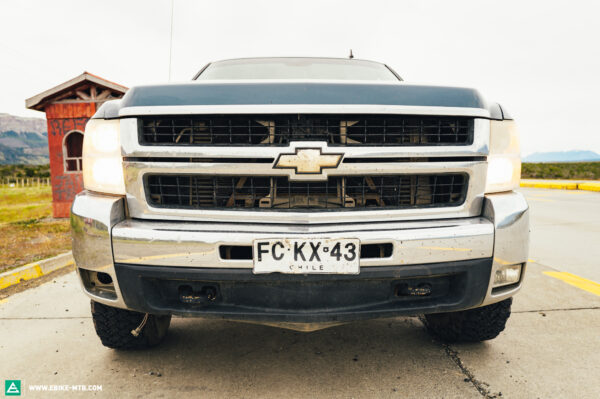
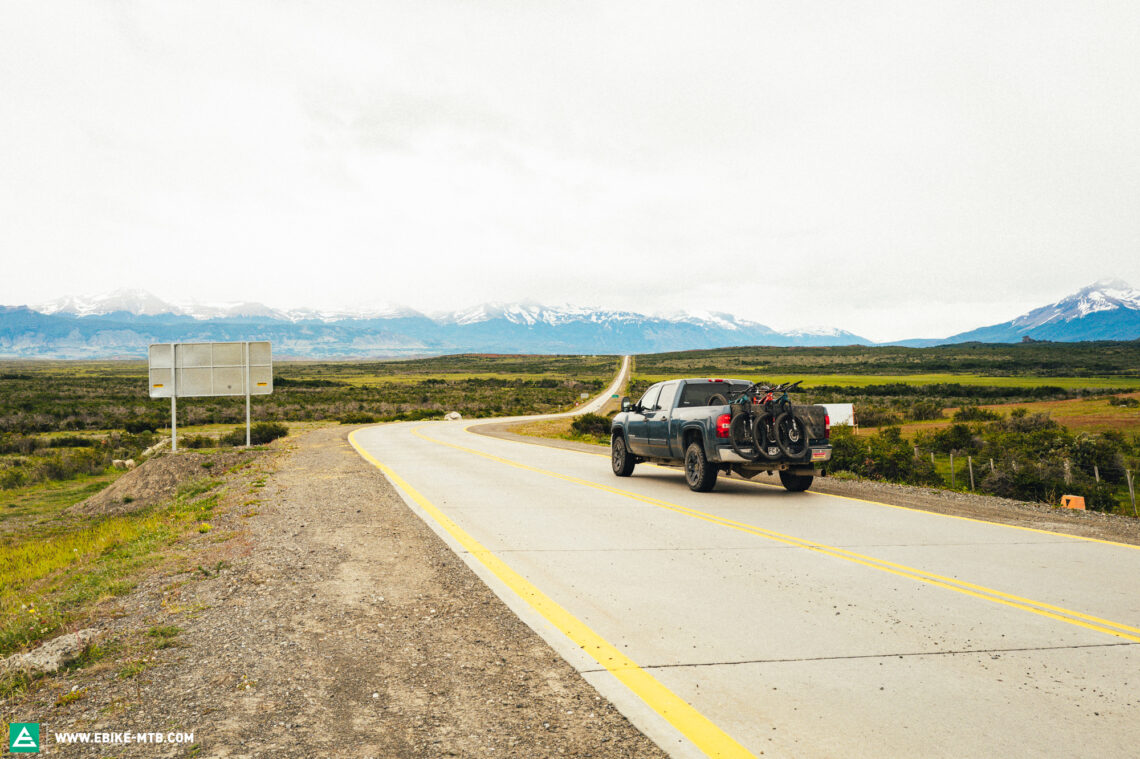


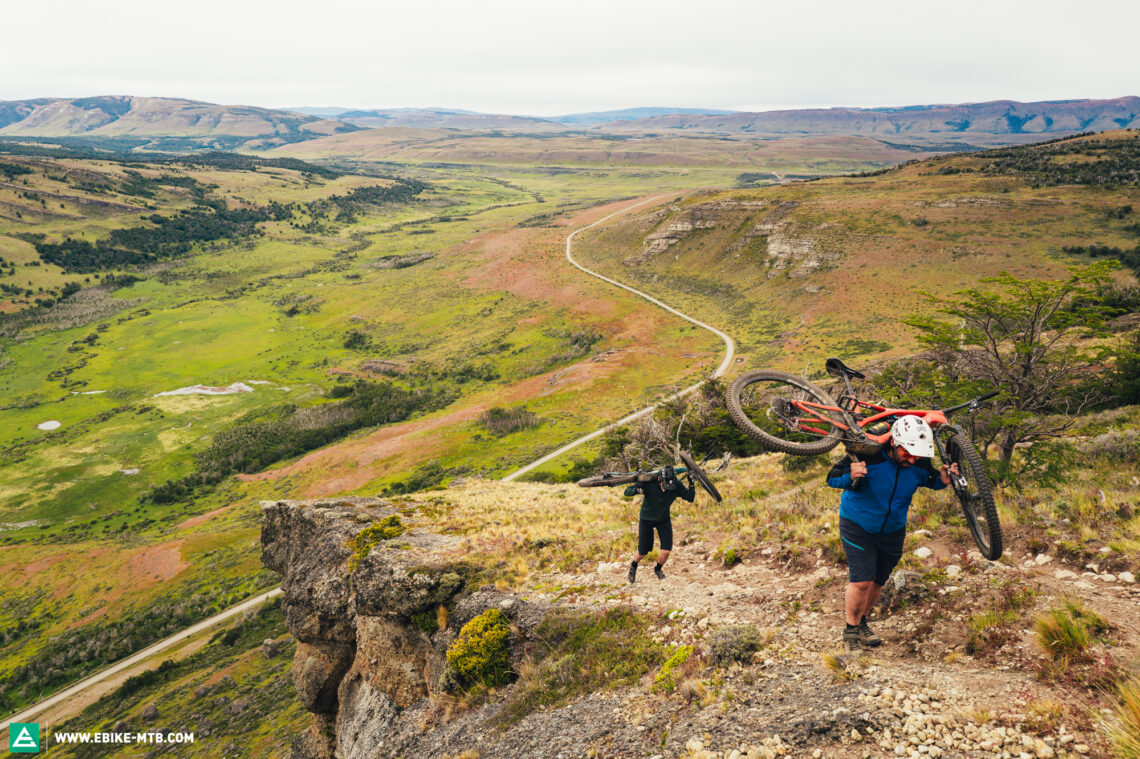


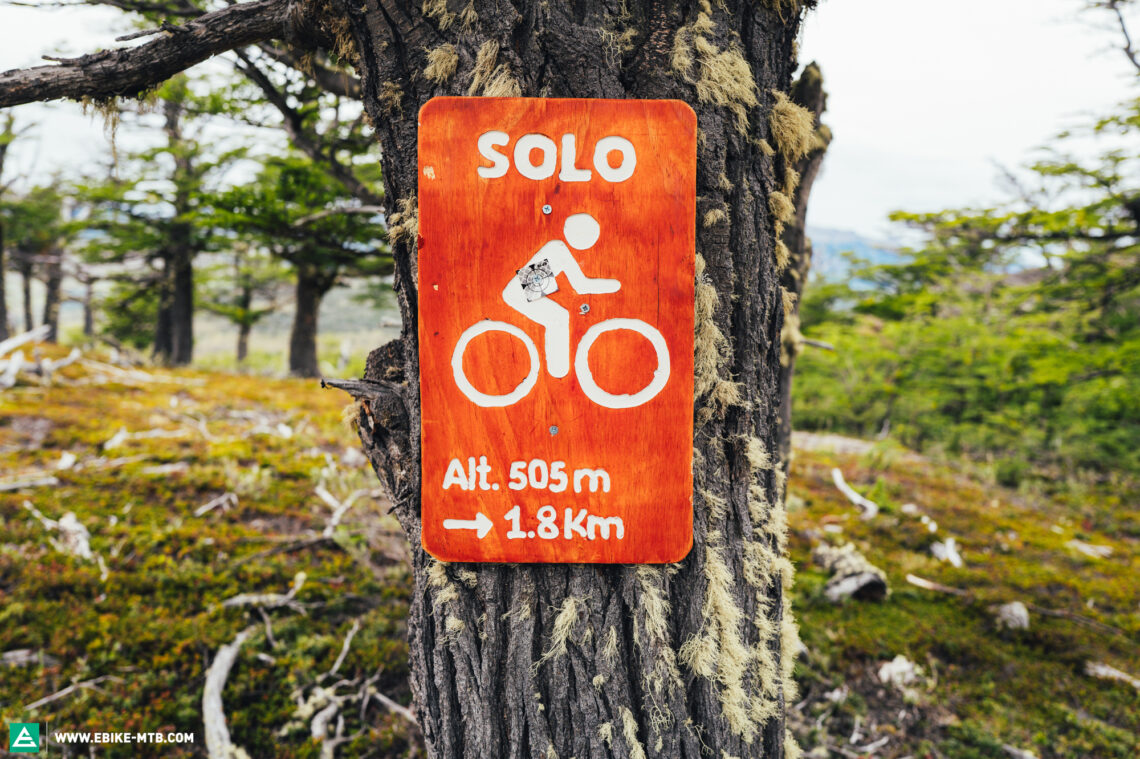

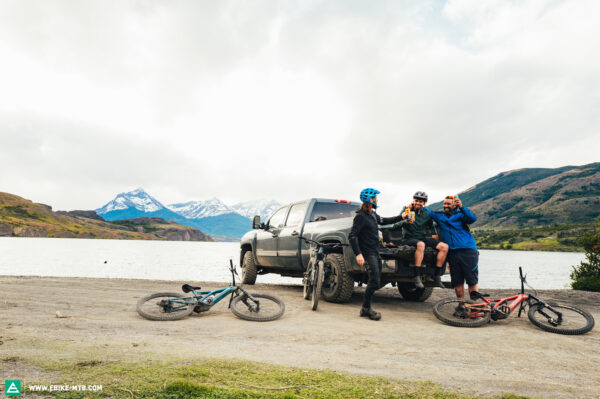
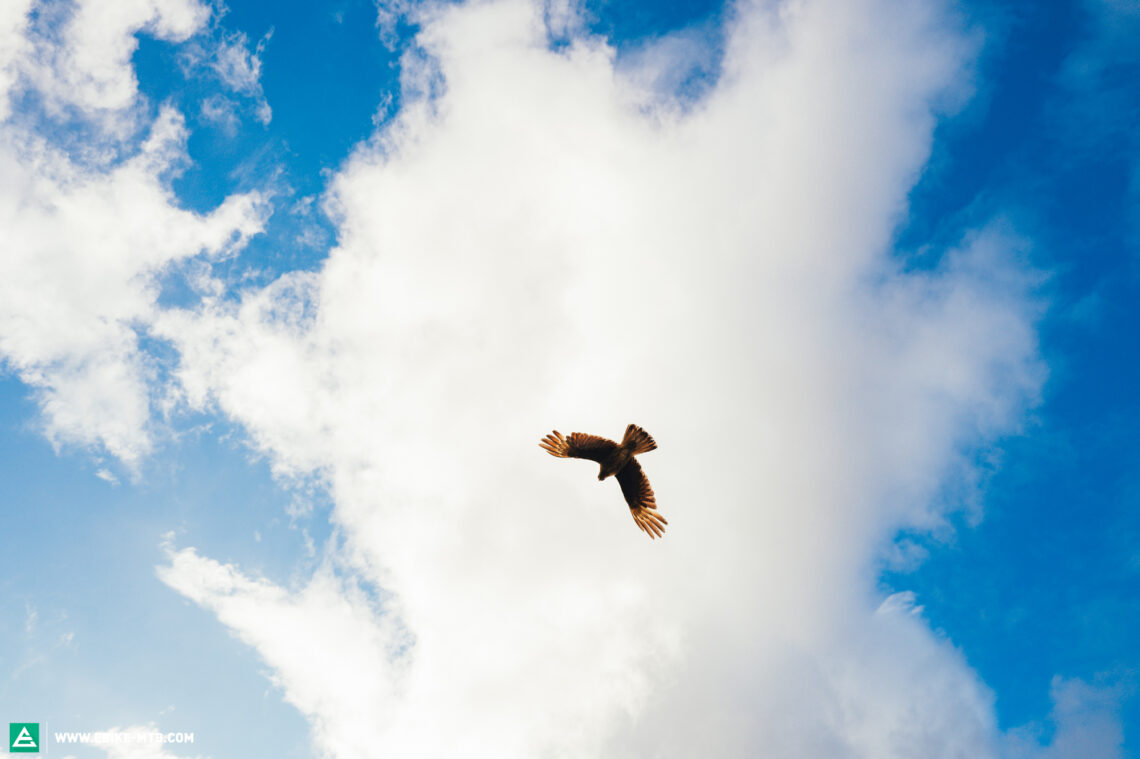
Are we disappointed? Hell, no. This location is otherworldly and our eMTBs quickly lend us our own wings. They say the greatest trail is the one you’re on right now, so we went straight up a technical climb, got a jaw-dropping view in another direction, then dropped into a great descent that plastered a grin on our faces. Again! Again! To end, we rolled into Lagune for a refreshing Cerveza Austral and a front row seat of snow-capped mountains.
Afterparty – Last Hope Puerto Natales
The day is drawing to an end, but there’s still a surprise in store for us. It takes the form of a DIY roadside shrine, surrounded by sacrificial offerings like water, cigarettes and alcohol. Javier nods: “El Gauchito Gil,” he goes on to explain: “A sort of patron saint for the people of Patagonia, especially the Argentines, although he was never recognised by the Church.” According to legend, he’s a Robin Hood-type character that stole from the rich to give to the poor.
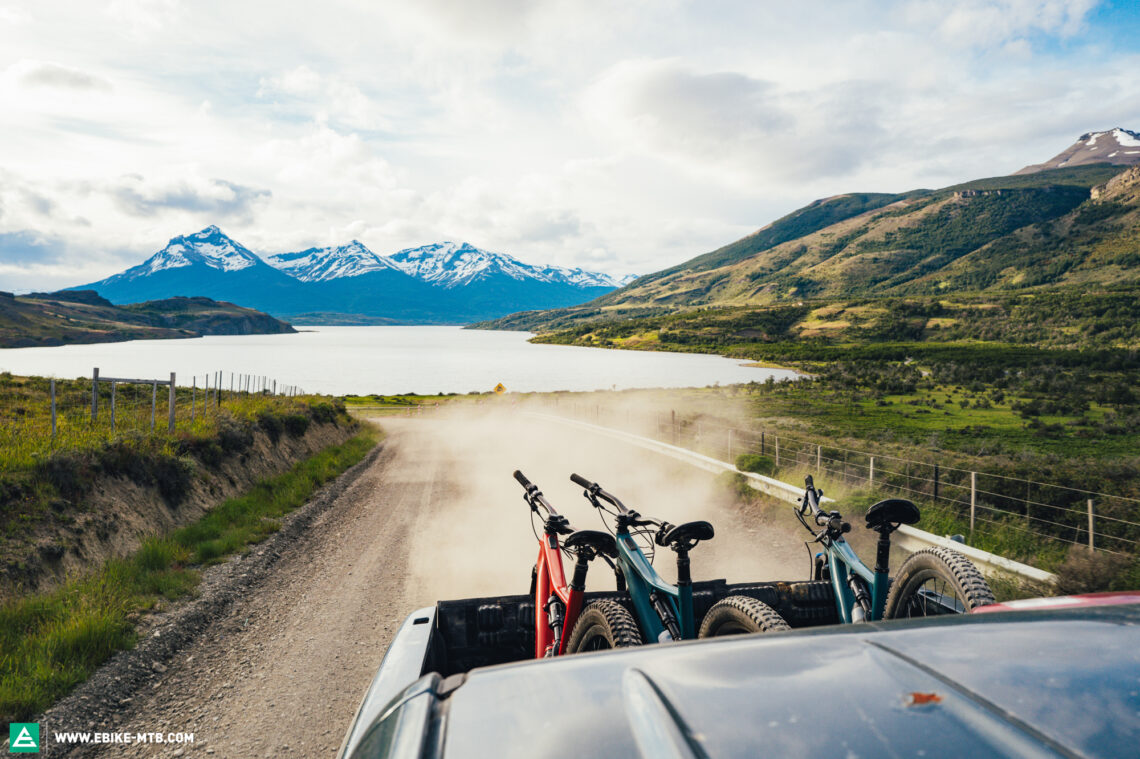
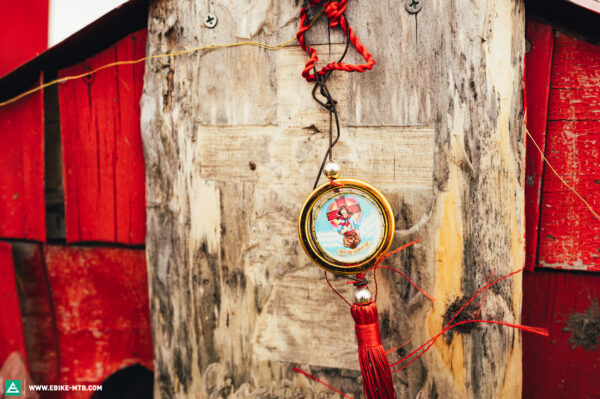
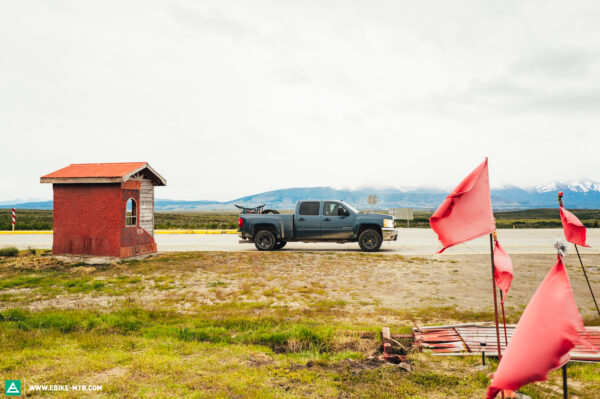
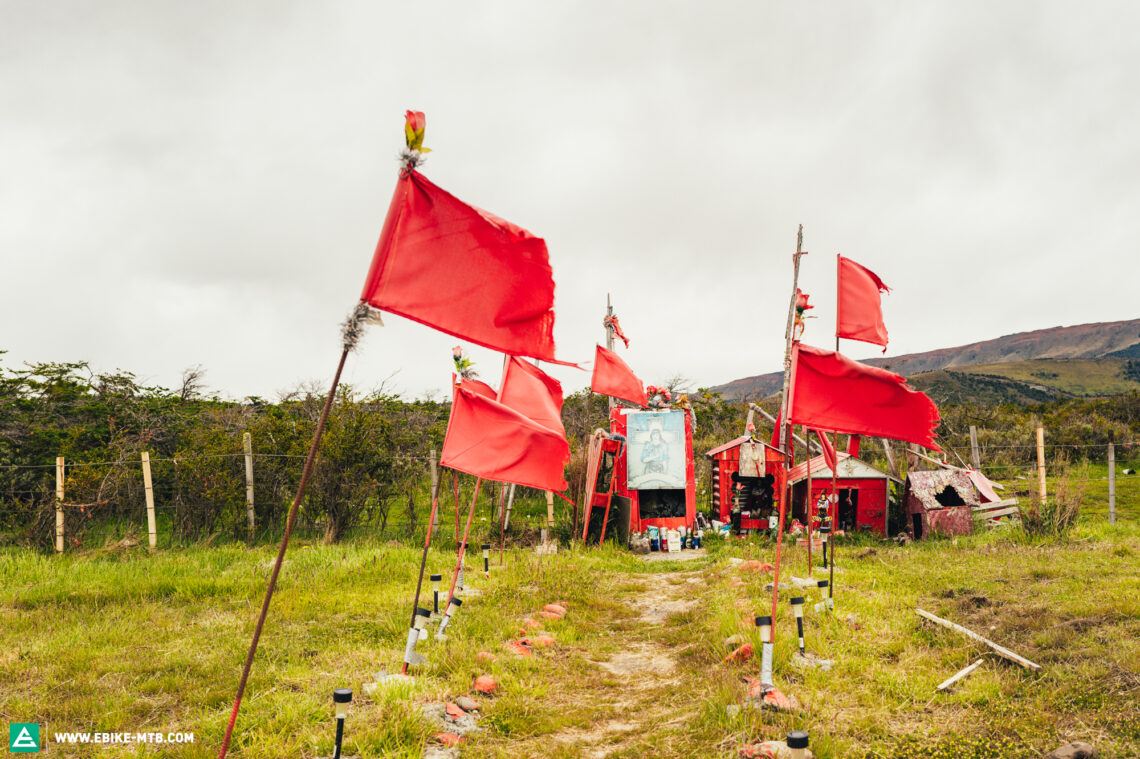
It’s late when we get back to Puerto Natales, but we’re too wired from the day’s excitement to sleep. Okay, and a little bit drunk, too. “There’s only one thing for it,” laughs Javier, leading us to a bar where we’re served llama. There’s some hesitation on our part when the menu is translated, but the food is exceptionally tasty. From here, we go to the Last Hope Bar, which has its own gin distillery. Later, fuelled on said gin, you may have spotted us keeled over with laughter having taken part in an impromptu shopping trolley rally. Yep, what a night.

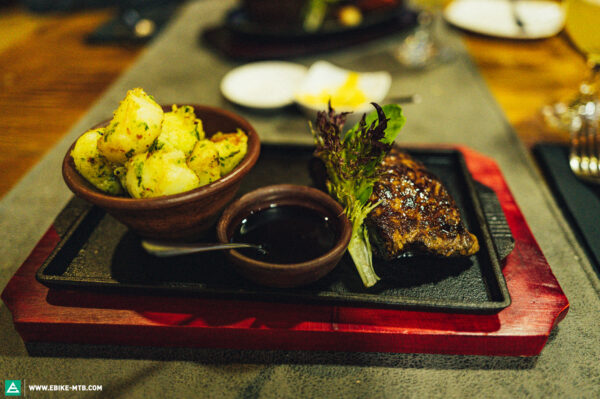
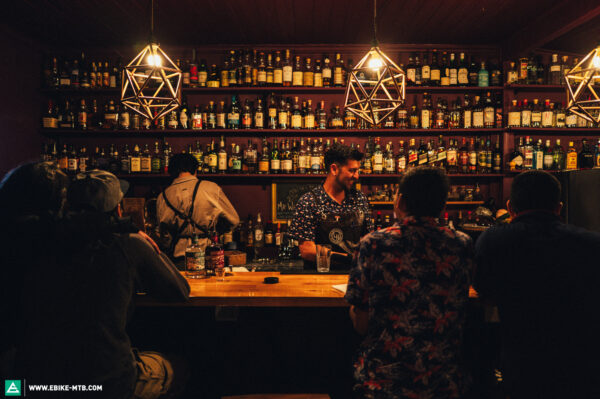
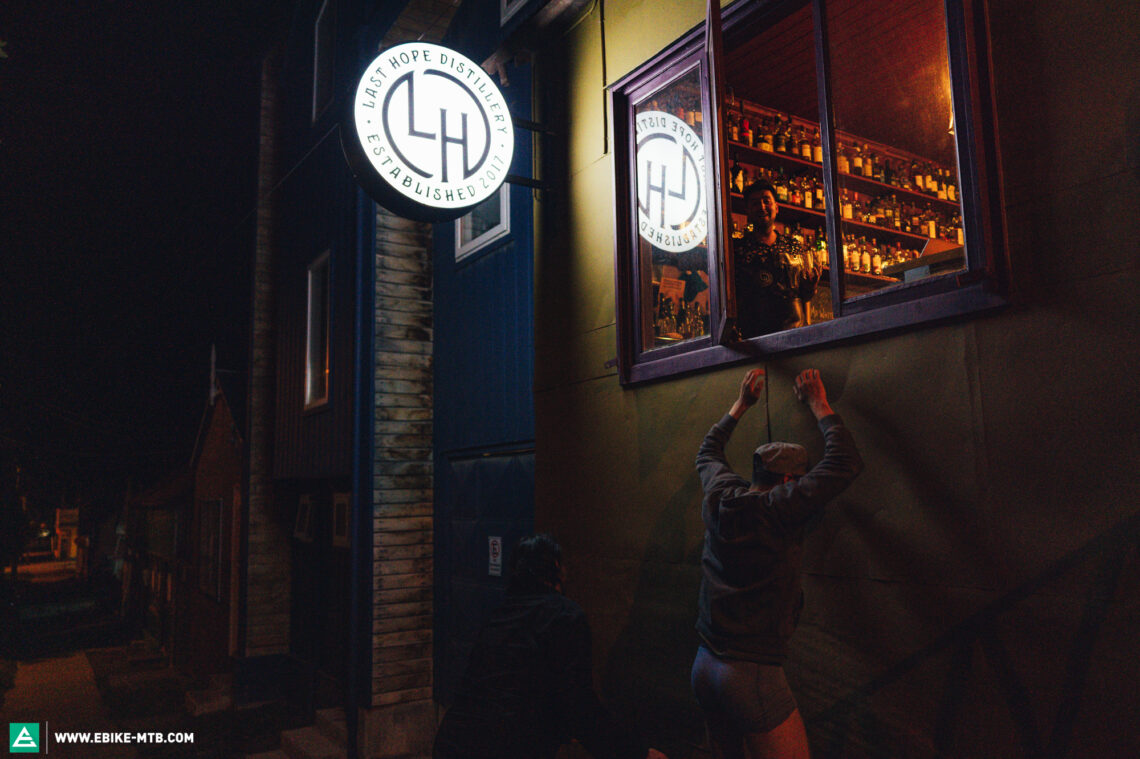
And the following morning? Are you expecting us to complain of terrible hangovers and regrets? No way. This is the beauty of not having a plan. The agenda is limitless, and our trip to the end of the world (or rather, to one of the 13 ends) is far from over. There’s still time for us to ride across the prairie with dogs in tow and mate swilling around our mouths. There’s still time to taste pisco sour, Chile’s national drink, with hand-picked (by us, no less!) crushed ice from Lago Grey that’s fed by the 12,000-year-old, 21 km-long glacier. And to see the devastating effects of climate change up close, evident in the way that the glacier has so starkly retreated over recent decades. But this blunt reminder won’t be enough to stop us enjoying the following day’s stunning hike and awesome kayaking trip. We’ll admire the intricate natural sculptures in the iceberg graveyard, observe the awe-inspiring colours that the ice creates as surreal blue hues and a psychedelic aura swirl around us. But throughout it all, we’ll practice caution, because the steep edges and constantly shifting ice blocks can be dangerous. So even though adventure should always have a whiff of danger, you’ve still got to listen to reason.


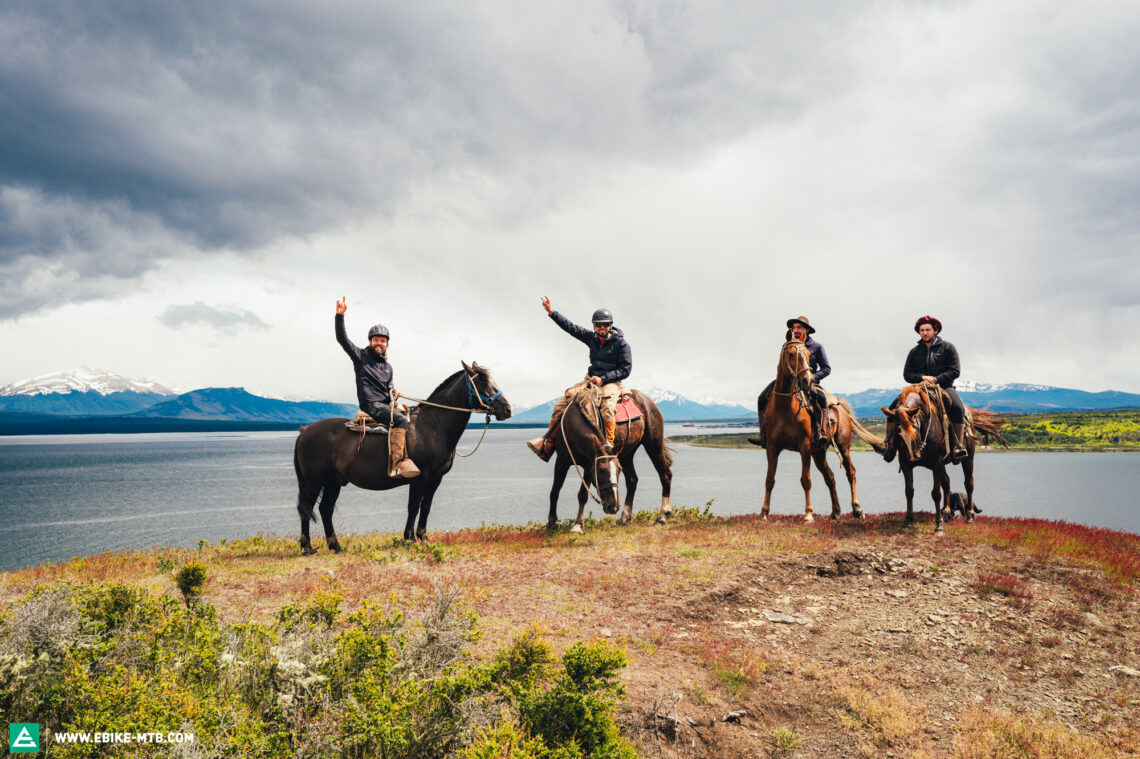
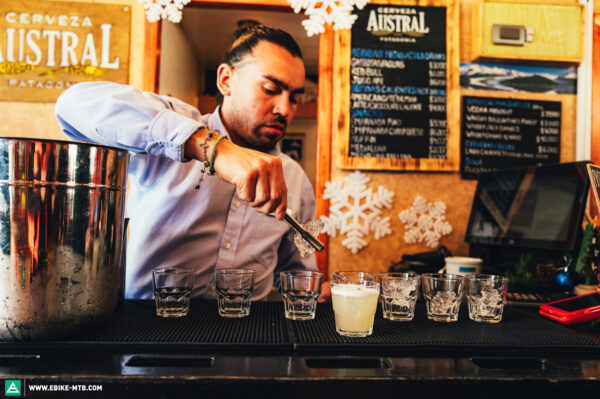
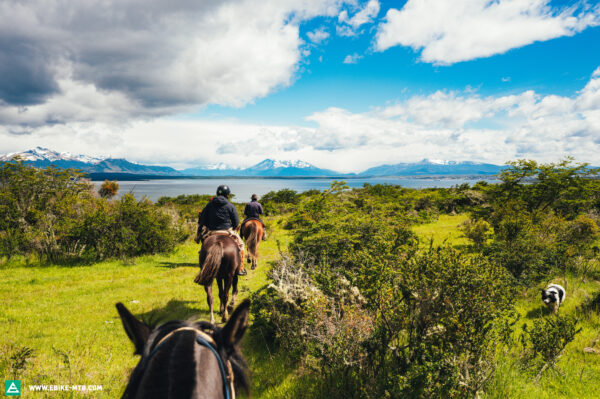



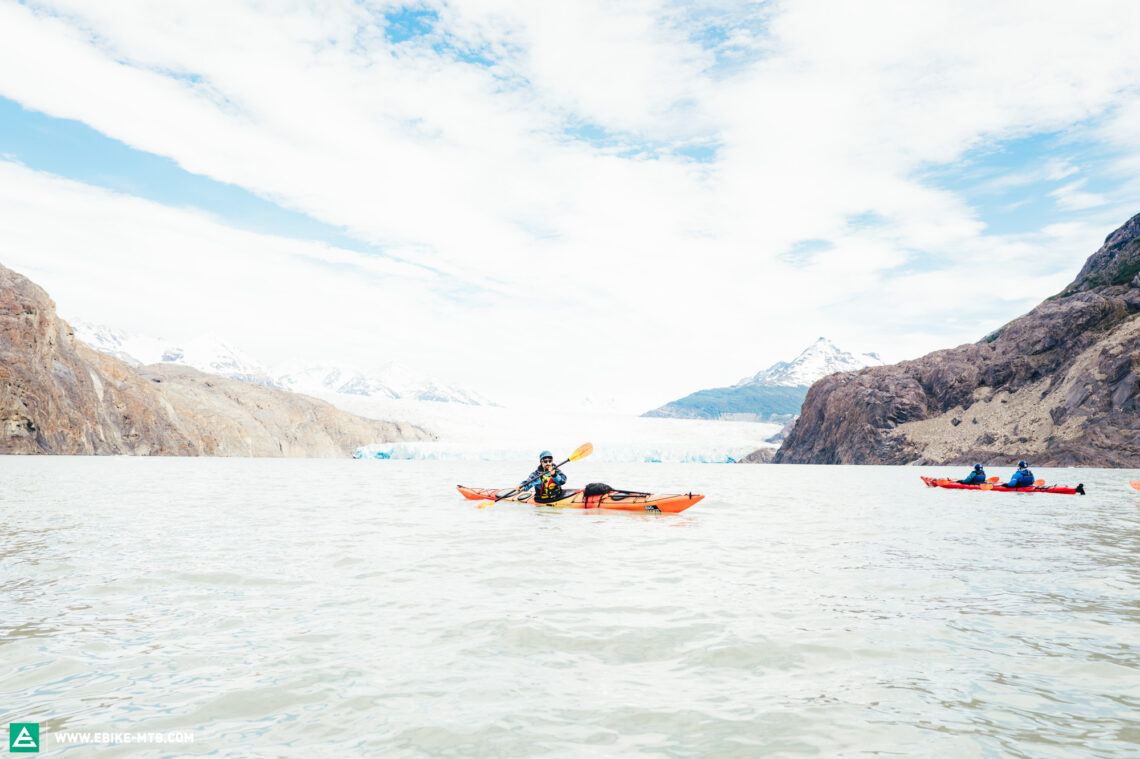
Has our story sounded like a dream? It was. A dream of adventure, freedom and vastness that became reality. A dream of strangers that became friends. Of the unknown becoming familiar. Of life. Of experiences. A dream that you can take with you into the daily grind provided you’ve got your mind set on adventure. A dream that translates into a lesson: Have courage next time you see the unknown – don’t give it a wide berth.
The end of the world starts in your headf
So, we made it to what’s supposedly the end of the world (or one of them, at least), and it was a legitimate adventure that we won’t forget in a hurry. But did we have to travel halfway around the world to get there? Perhaps not. The end of the world can be the line in the head, the official border between how far you’re willing to push yourself and where the hard limit of your comfort zone lies. The extent of discovery that you can have on your doorstep relates to your spirit of adventure, rather than a specific place. But whether you want one adventure or an infinite number of them on repeat, it all comes down to having the courage to get outside. Fortunately, in 2024, you don’t have to be named Magellan or Columbus to experience something wild. You just have to go out there.
More information: patagoniamtbtrails.com
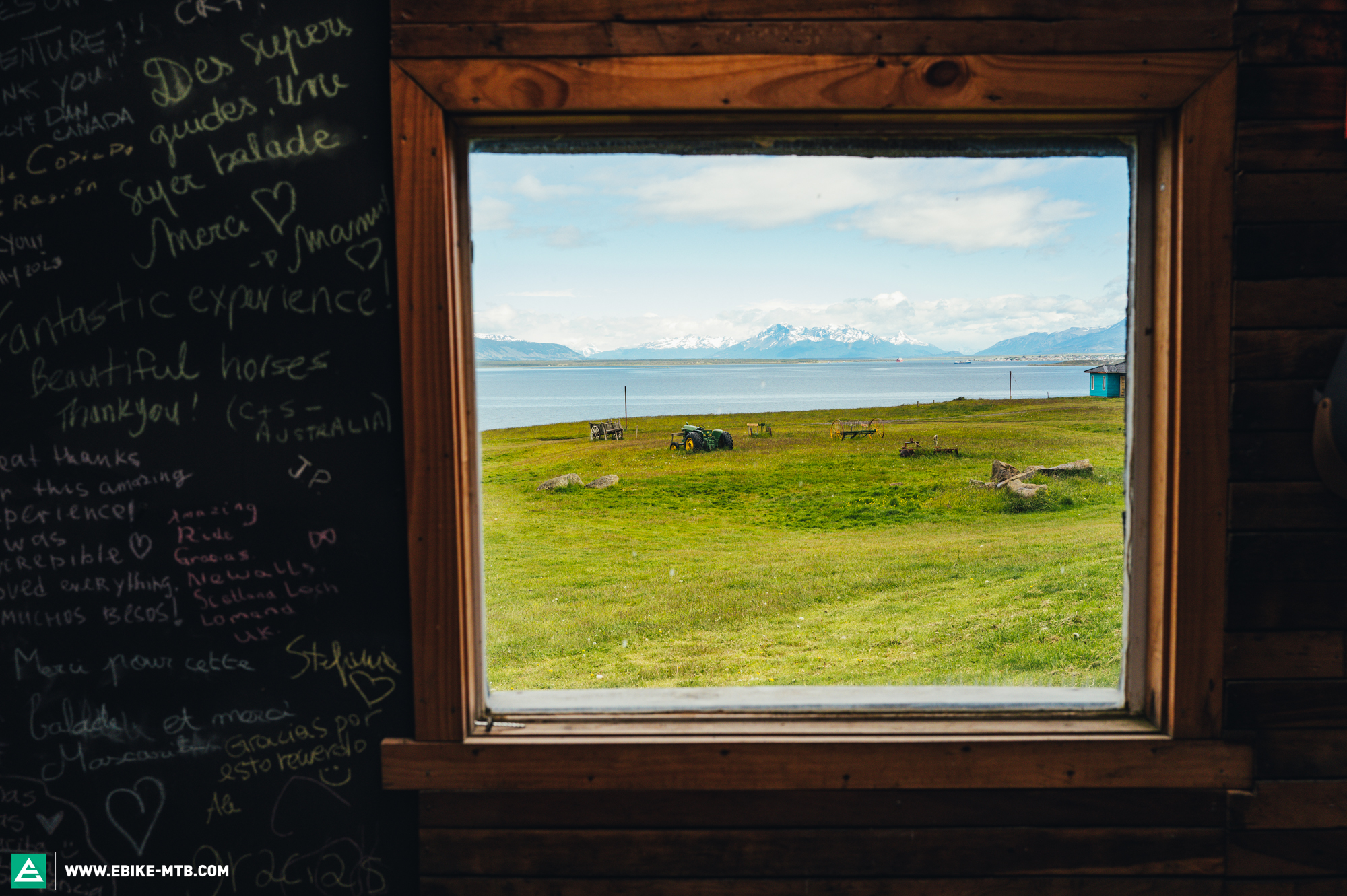
Did you enjoy this article? If so, we would be stoked if you decide to support us with a monthly contribution. By becoming a supporter of E-MOUNTAINBIKE, you will help secure a sustainable future for high-quality cycling journalism. Click here to learn more.
Words: Robin Schmitt, Patrick Gruber Photos: Robin Schmitt









